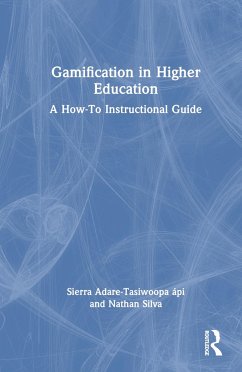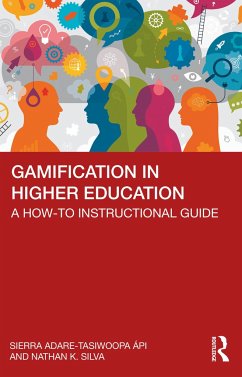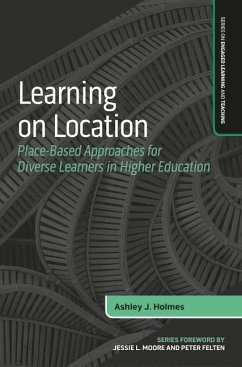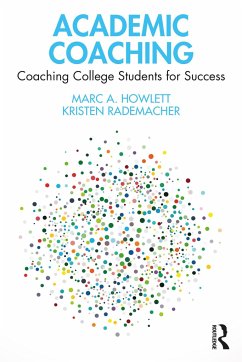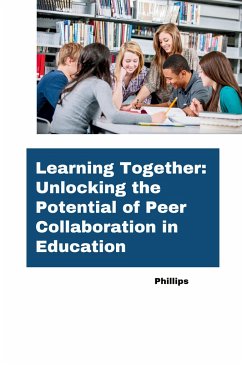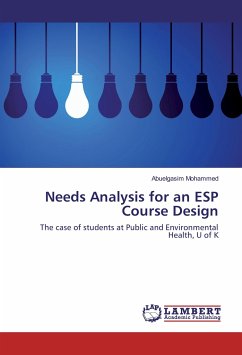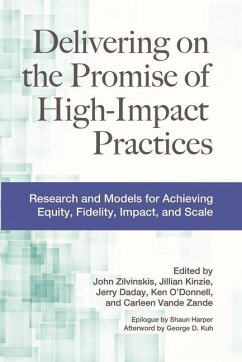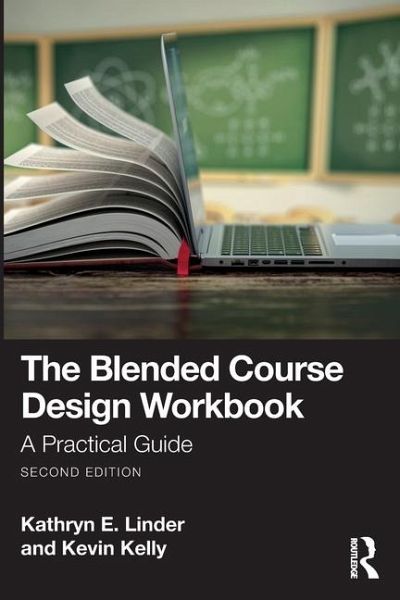
The Blended Course Design Workbook
A Practical Guide
Versandkostenfrei!
Versandfertig in 6-10 Tagen
32,99 €
inkl. MwSt.
Weitere Ausgaben:

PAYBACK Punkte
16 °P sammeln!
This user-friendly workbook equips faculty and administrators with best practices, activities, tools, templates, and deadlines to guide them through the process of revising traditional location-based courses into a blended format.Providing a step-by-step course design system that emphasizes active learning and student engagement, this book walks readers through the development of course goals and learning objectives, assignments, assessments, and student support mechanisms with an eye toward technology integration. New to this edition are the most up-to-date research on blended courses, fresh ...
This user-friendly workbook equips faculty and administrators with best practices, activities, tools, templates, and deadlines to guide them through the process of revising traditional location-based courses into a blended format.
Providing a step-by-step course design system that emphasizes active learning and student engagement, this book walks readers through the development of course goals and learning objectives, assignments, assessments, and student support mechanisms with an eye toward technology integration. New to this edition are the most up-to-date research on blended courses, fresh templates, tips on the latest pedagogical trends related to artificial intelligence, and two additional chapters on facilitation strategies and group work and collaboration. The authors engage in equity-minded approaches to supporting student success throughout and address the needs of specific groups, such as students with disabilities, working students, and students who are parents or caregivers.
Offering detailed instructions for each stage of course design, this book is a must-have for college instructors looking for a blended course design blueprint.
Providing a step-by-step course design system that emphasizes active learning and student engagement, this book walks readers through the development of course goals and learning objectives, assignments, assessments, and student support mechanisms with an eye toward technology integration. New to this edition are the most up-to-date research on blended courses, fresh templates, tips on the latest pedagogical trends related to artificial intelligence, and two additional chapters on facilitation strategies and group work and collaboration. The authors engage in equity-minded approaches to supporting student success throughout and address the needs of specific groups, such as students with disabilities, working students, and students who are parents or caregivers.
Offering detailed instructions for each stage of course design, this book is a must-have for college instructors looking for a blended course design blueprint.





